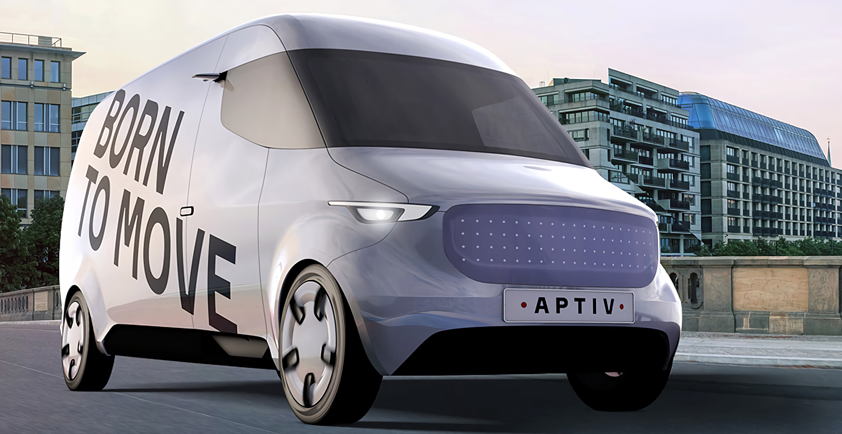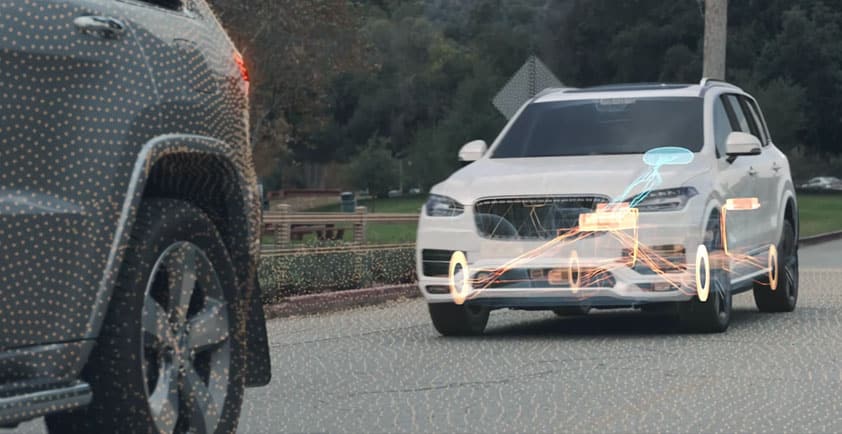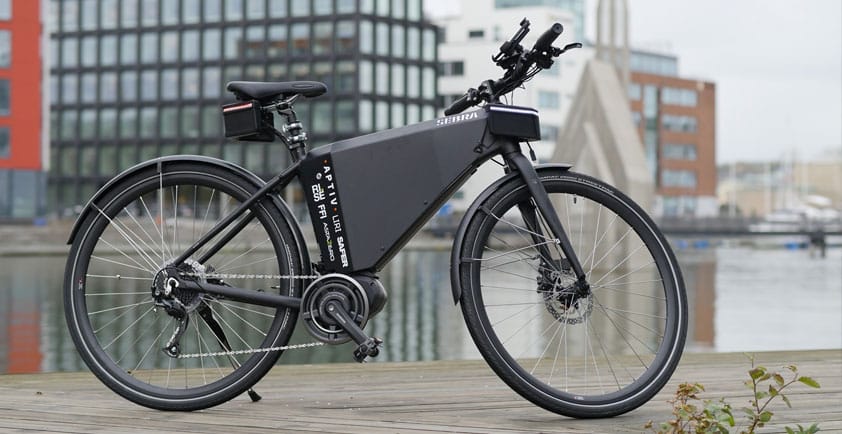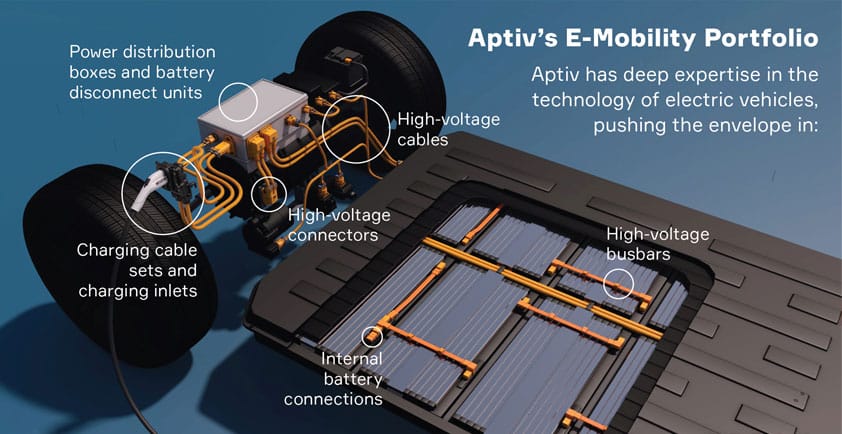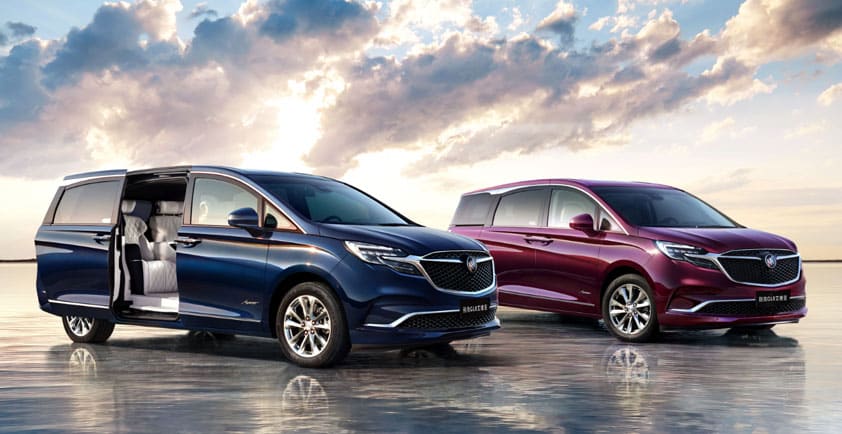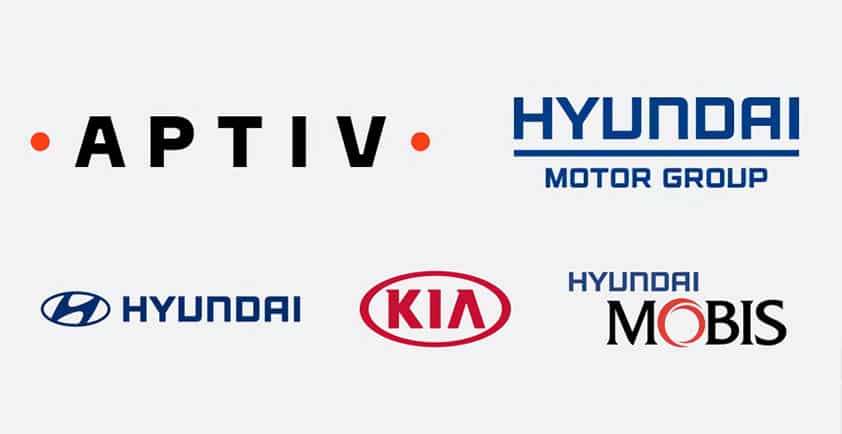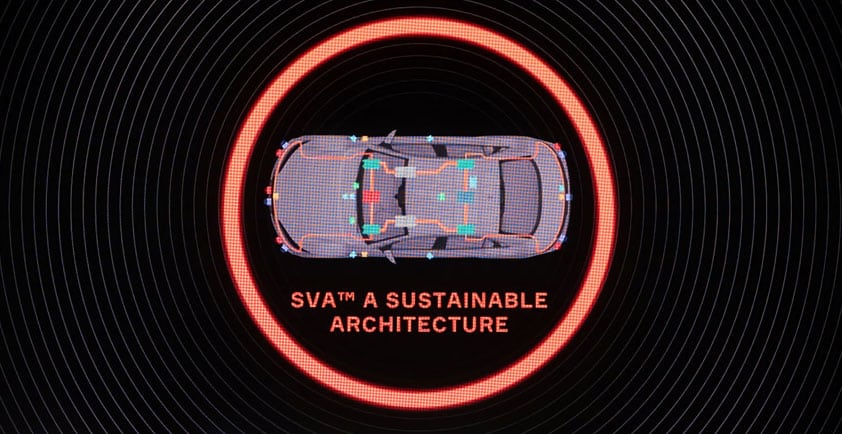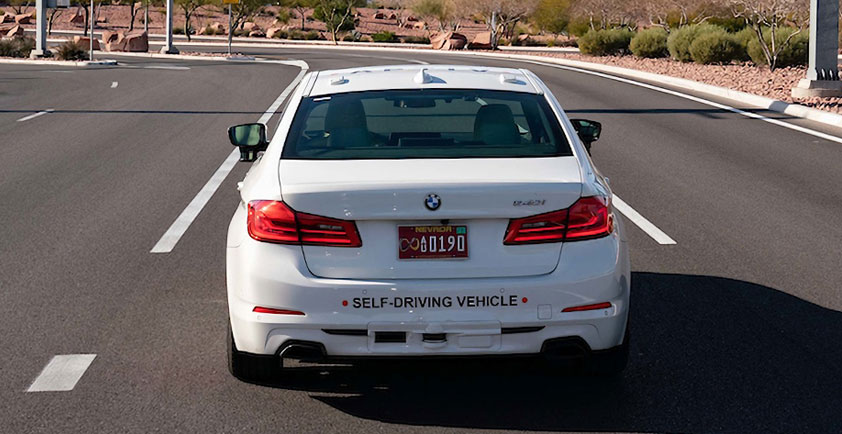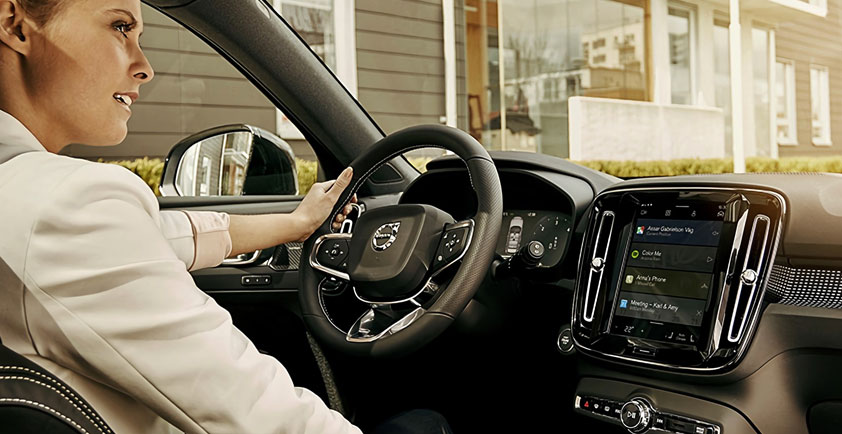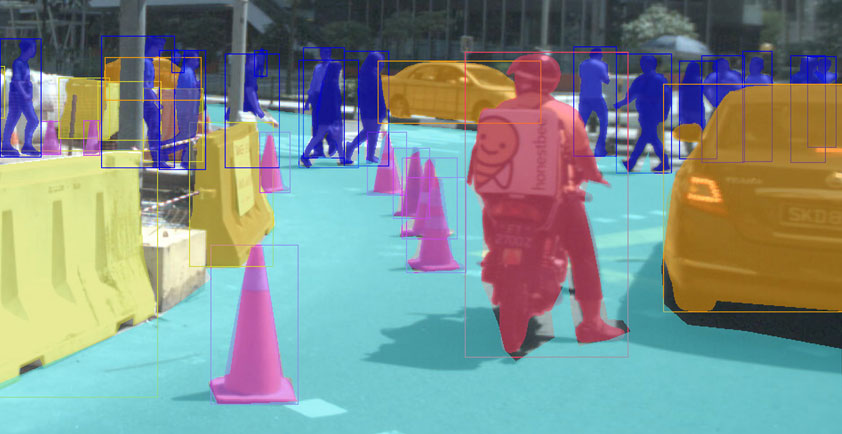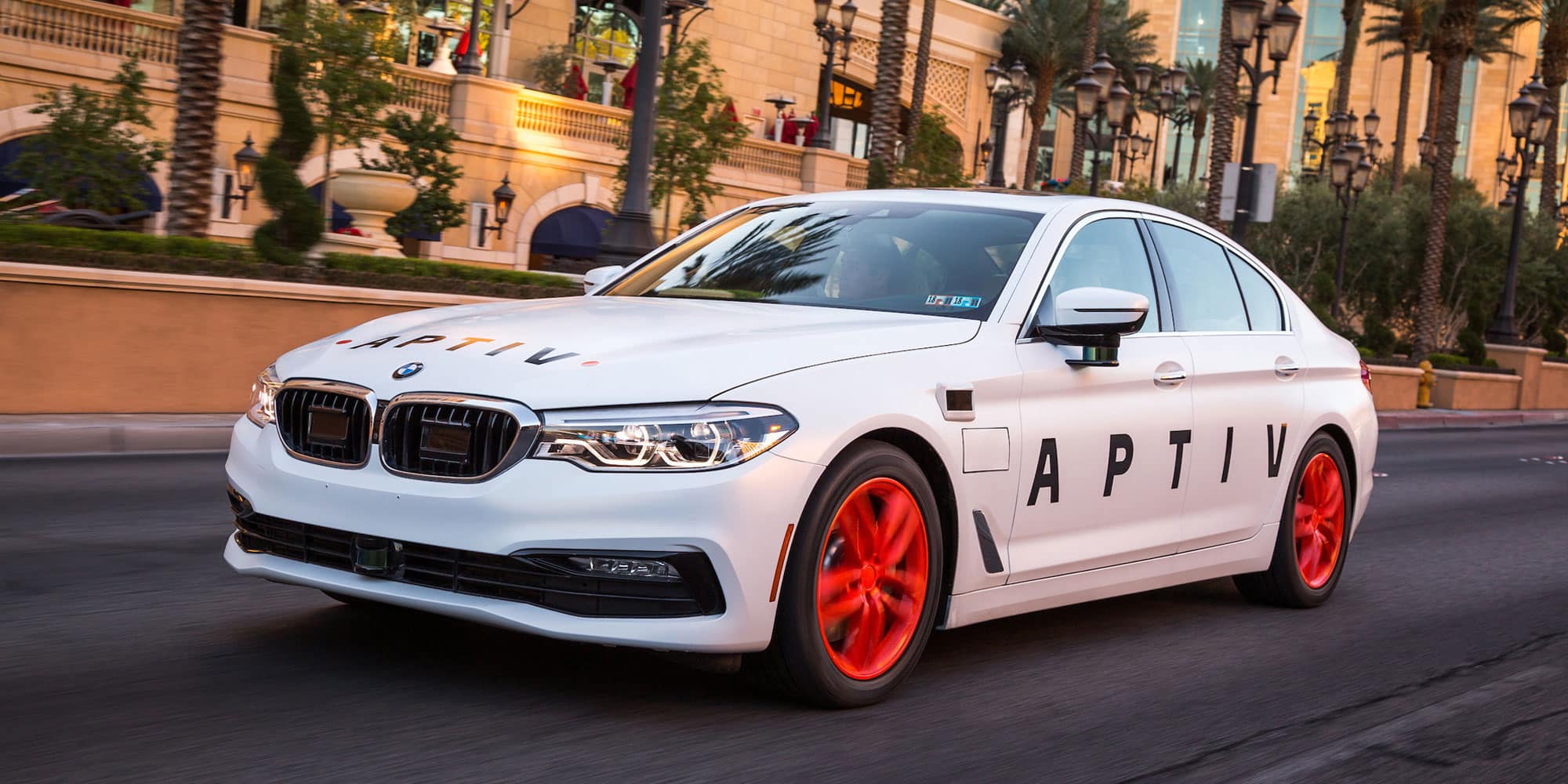
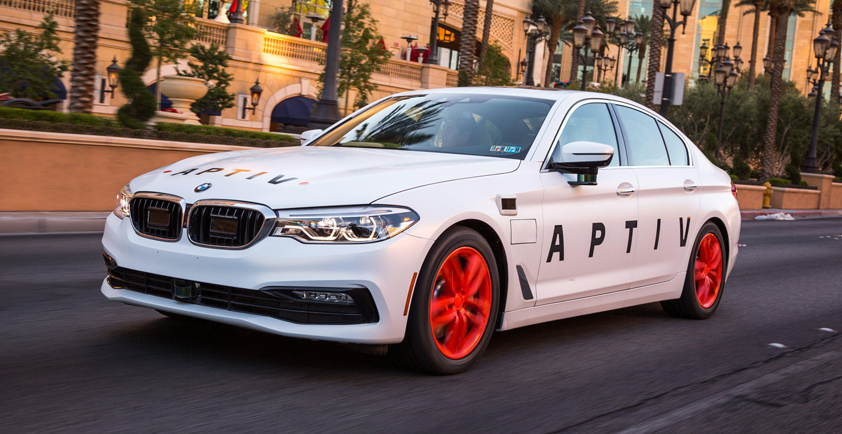
APTIV - AUTOMATED MOBILITY GROWS UP
Aptiv and the four phases of autonomous driving.
Aptiv has come a long way down the road toward fully autonomous vehicles. Take our partnership with Lyft in Las Vegas, for example. Our fully autonomous cars successfully completed 70,000 rides in their first year of service, racking up a nearly perfect 4.95 user rating along the way.
As this momentum builds — both within Aptiv and the automotive industry as a whole — we see it following a four-phased road map leading to a world of fully autonomous vehicles, zero emissions, and, ultimately, zero traffic fatalities. A closer look at each phase in the timeline underscores how Aptiv is uniquely positioned to help our customers not just successfully reach each milestone, but move onto the next one a lot faster than they may think possible.
2019: Where we're at right now.
As evidenced by our highly successful program in Las Vegas, the automotive world is already in a place where commercial demonstrations of autonomous driving’s potential are being realized. While impressive, software capabilities at this stage are still limited, with manual interventions required for certain corner cases that algorithms haven’t yet accommodated for — which means human safety drivers are still standard.
Likewise, hardware has not reached the fail-safe state of maturity yet, so the safety driver serves as the backup in the event of any failure in that area, as well.
As for the competitive landscape, we currently see a number of players dabbling in the AV research space, but very few and limited real-world deployments that have achieved the success and scale of Aptiv and Lyft’s program in Las Vegas. As we have experienced ourselves, getting a solution that works 95% is a relatively small part of the effort, while making sure that you have a technical foundation that enables you to solve the last 5% is where the real value lies at this phase.
2022: Safety drivers step out, greenfield launches step in.
Let’s jump ahead to 2022, when small but viable autonomous driving programs not requiring a safety driver make their debut. Of course, these programs will take place in limited geo-fenced areas and under the strictest of operating conditions, but within these carefully defined areas, we will see fully autonomous, driverless vehicles helping people get from one place to another, safely and with minimal impact on the environment.
Of course, for this to happen, we need to see hardware mature to a fail-safe level. Applications in this phase will leverage industrial PC hardware to reach a level of redundancy sufficient to start these greenfield launches. Once these programs are in place, the scale will quickly grow, leading us to the next projected automated mobility phase.
As this scaling takes place, the competitive landscape will shift, as well. Initial greenfield deployments will start on a city-by-city basis, and the emerging leaders in the AV game will compete based on smart deployment standard operating procedures.
2025: Broader adoption begets larger operational domains.
The pace of innovation in the autonomous vehicle game is driving us to a place where we stand to see much broader adoption by as early as 2025. Operational Design Domains (ODDs), which identify the specific operating domain in which fully autonomous functionality is designed to properly operate, will expand greatly in this phase. This is the result of a significant decrease in the software and hardware limitations that marked the first two phases of the automated mobility journey. As an example, hardware maturity will reach automotive grade standards, including ASIL-D levels of safety where required, the highest rigor applied to safety assurance, for deployment at scale.
In terms of competition, it’s here that we start seeing the winners and losers decided by the robustness of each player’s operational domain, which will affect the scale and speed of their ramp-ups and deployments, as well as their ability to most effectively service their customer base.
2030: The great convergence.
Don’t blink. 2030 marks the year that both software and hardware will be robust enough to handle the corner cases that, before then, made viable personal vehicle application impossible. That’s right, in a little more than a decade, we will see OEM vehicles coming off the assembly line fully configured for conditional automated driving.
Obviously, this convergence will apply to the competitive landscape, as well, with OEM AD availability pushing the starting point of AD systems competition to much earlier in the value chain. It also won’t be “AD everywhere”. Conditional automation will allow the driver to cede control of the vehicle for significant periods of time, but will still resume control under other conditions.
Four phases. One Aptiv.
These are exciting times for everyone in the automotive game. At Aptiv, we are particularly excited about this road map toward a new age of mobility because we believe, and prove it every day, that we are uniquely positioned to help the industry achieve success across each phase of the journey.
Our position as the world’s only provider of both the brain and the nervous system of the vehicle allows us to conceive, specify, and deliver the advanced solutions that help our customers solve the tough challenges standing between today and the rapidly approaching future of mobility. Make no mistake, increased complexity favors the players with the full vehicle solution stack to take it on. The future favors Aptiv.
Author: Karl Iagnemma, President, Aptiv Autonomous Mobility
